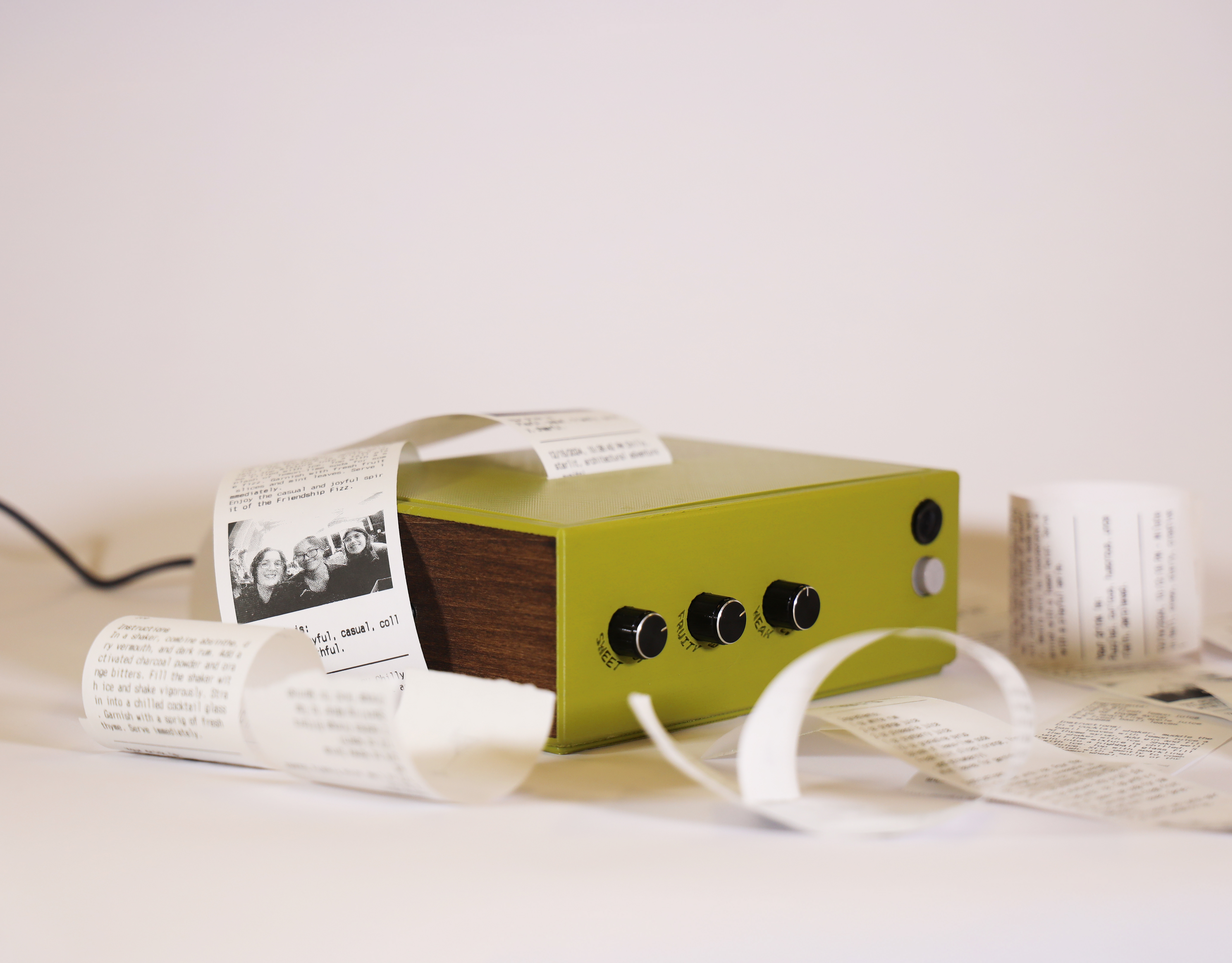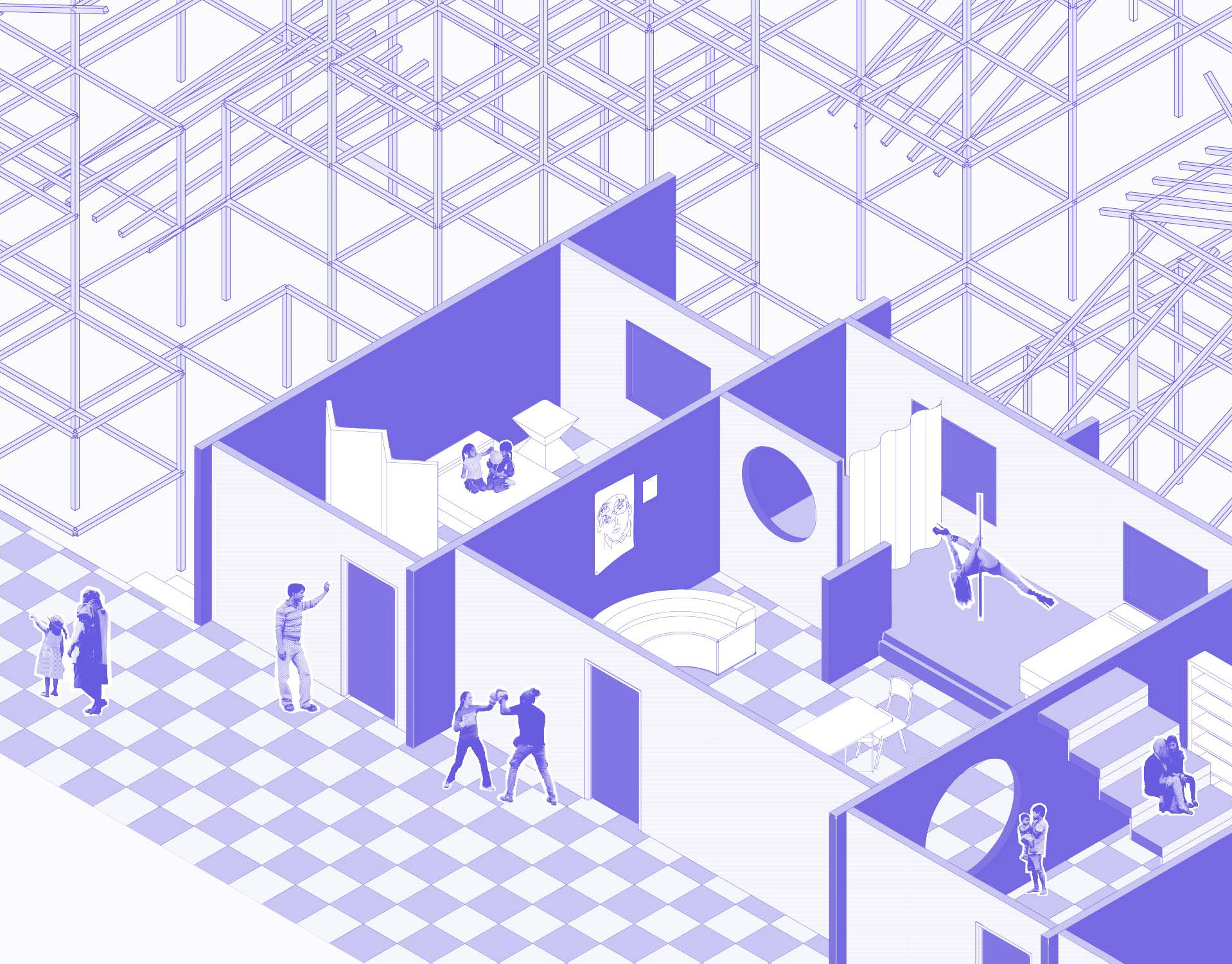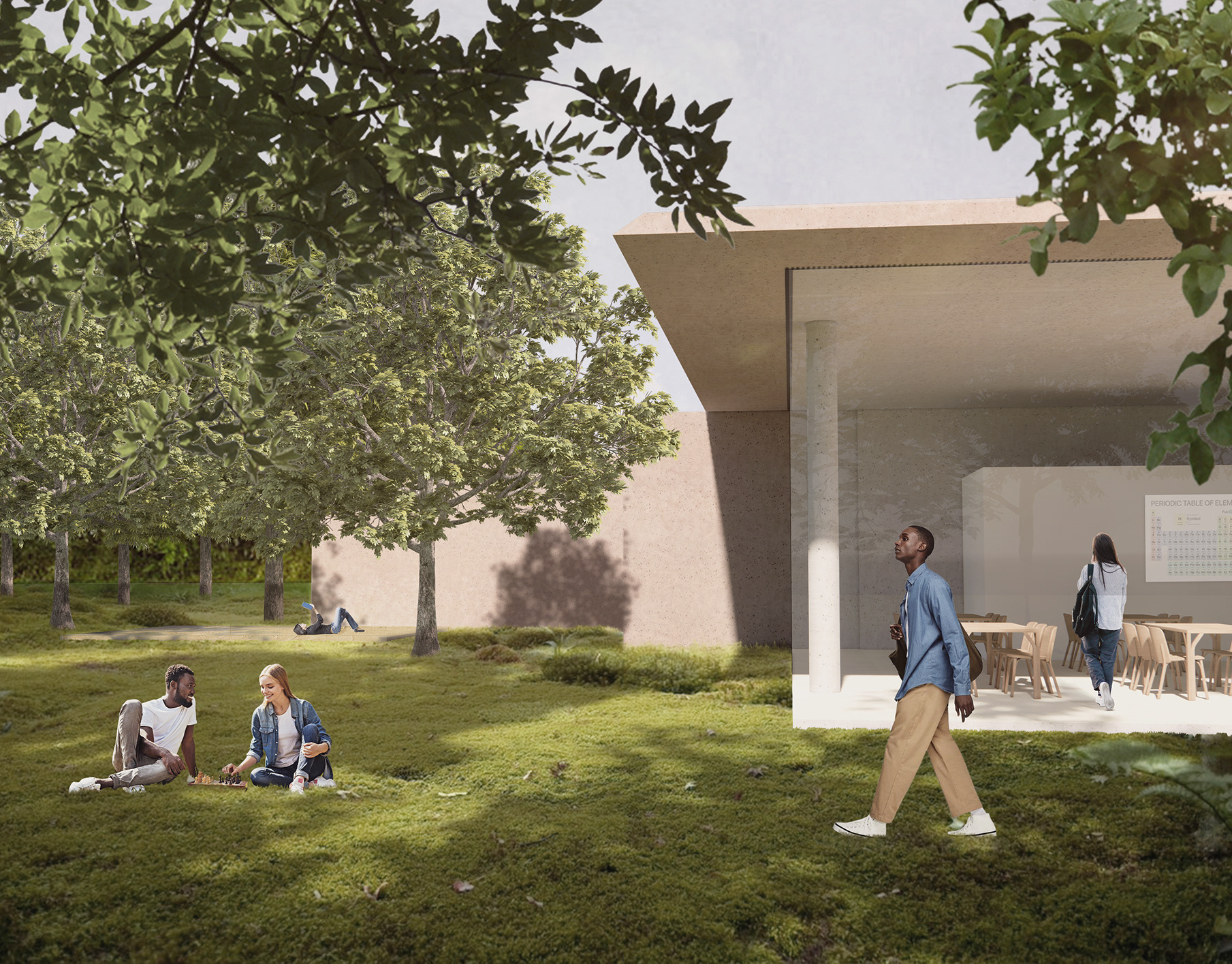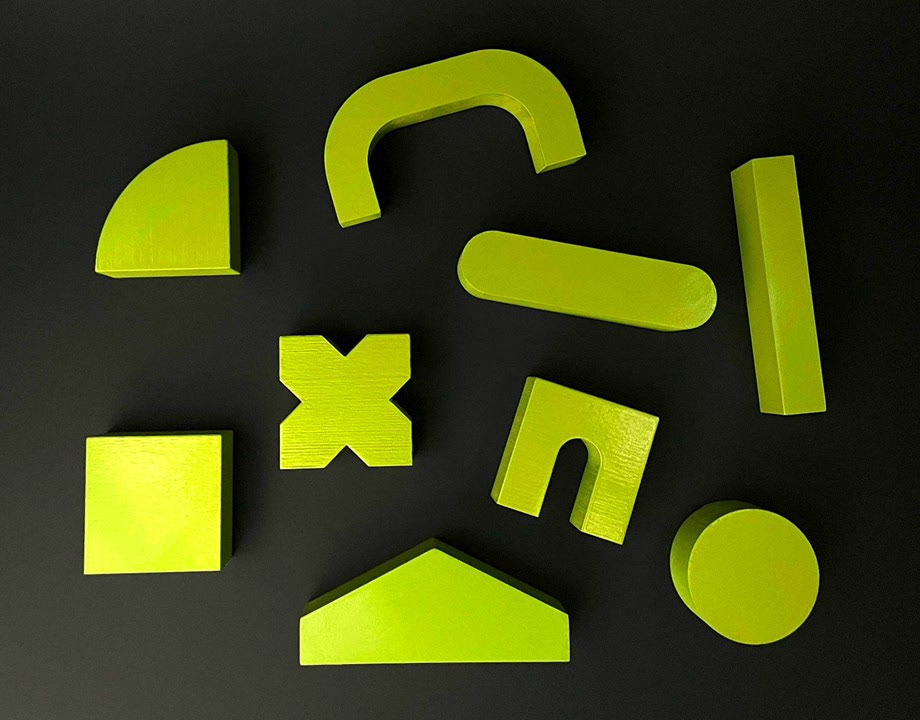YEAR: 2024
COURSE: Uncertain Matter (Cornell)
Instructors: Il Hwan Kim
Uncertain Matter explores material-driven design and fabrication in which the designer enters into uneasy collaboration with nonhuman agencies, including active material capacities, natural forces, microorganisms, and the passage of time. Throughout the course, we integrated research, hypothesis, experiment, design and making to examine uncertain material properties and fuzzy fabrication which celebrates the planned loss of presumed architectural control.
The current architecture practice heavily relies on trust in the availability of standard materials and high precision in construction technologies. Architects often design the form and the process of assembly as if ideal geometries designed in computer graphics can be materialized and remain permanently. Modern architects’ habitual dependence on the form-driven design process and modern demand for precision in fabrication require significant resources for construction and maintenance. In the context of the Anthropocene, the prevailing modernistic form-driven design model, imposing ideal geometries on seemingly inert matter, ought to be questioned. Therefore we ask: What can be achieved if architectural design allows the involvement of various agents in the formation process, resulting in architectural construction as the dynamic outcome of nonhuman designers?
To address this question, a series of material experiments was conducted, resulting in architectural sculptures aptly named Soft Rocks. The process developed takes a standard material - cement - and uses it in an exciting and unpredictable way. First, layers of fabric and quilt batting are sewn together, leaving channels in each swatch. Then, dry cement powder is poured into the channels with each channel receiving varying amounts. After the ends are sewn shut, a sort of "cement quilt" has taken shape. Finally, the quilt is submerged in water, effectively mixing the powder into liquid, and the whole thing is left to dry in a draped state. The resulting Soft Rocks are solid in some places, but completely soft in others, giving an interesting new effect to an old material.
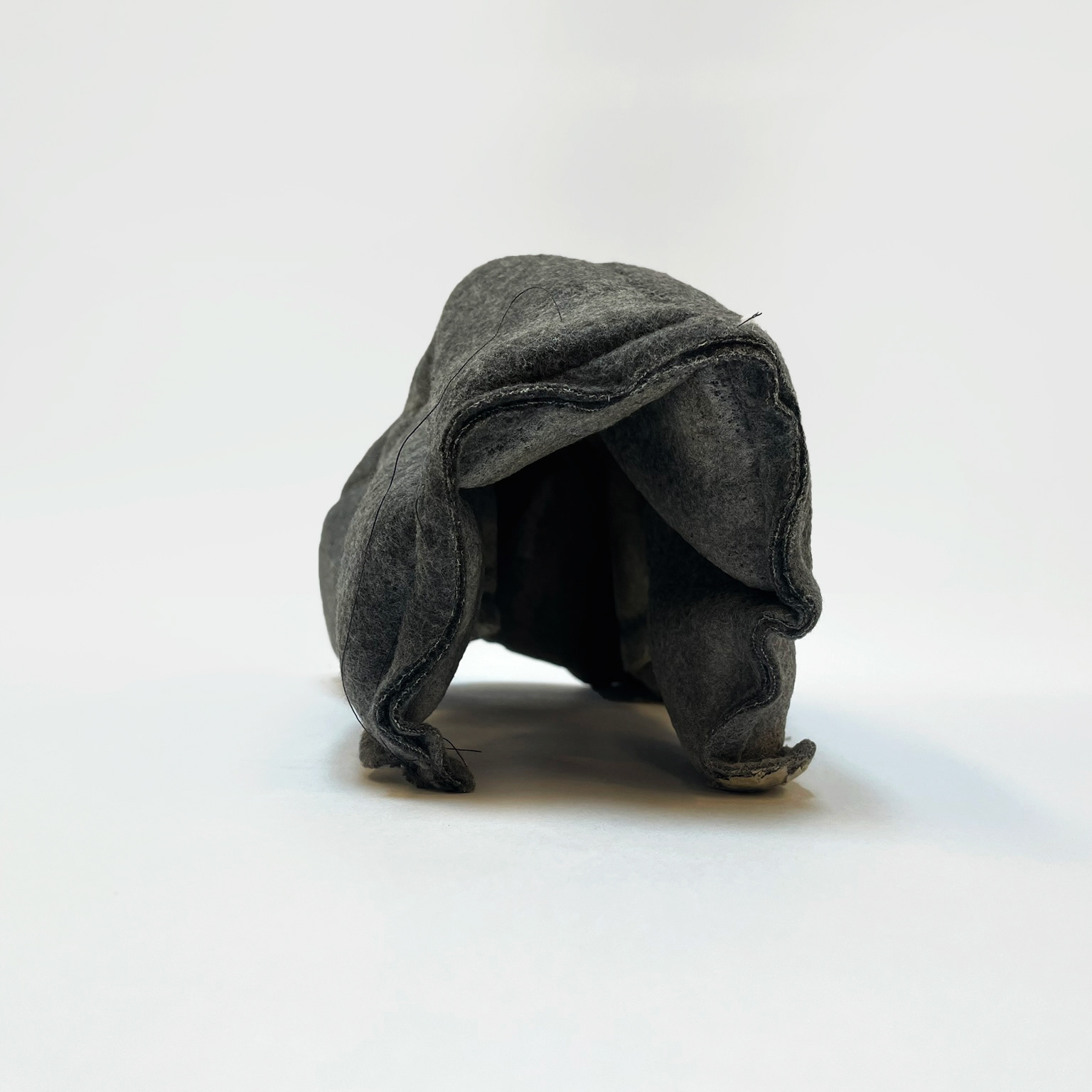


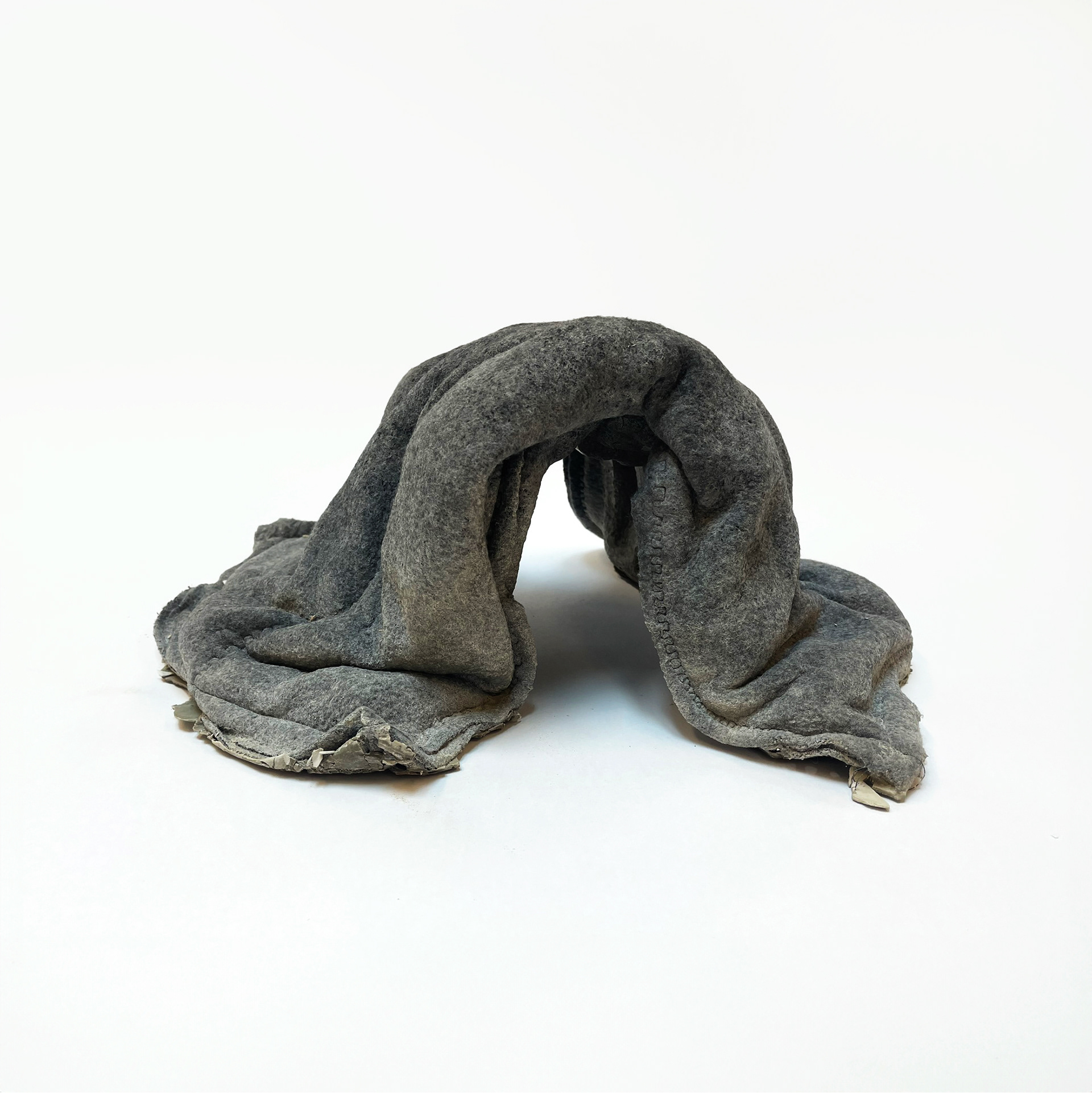

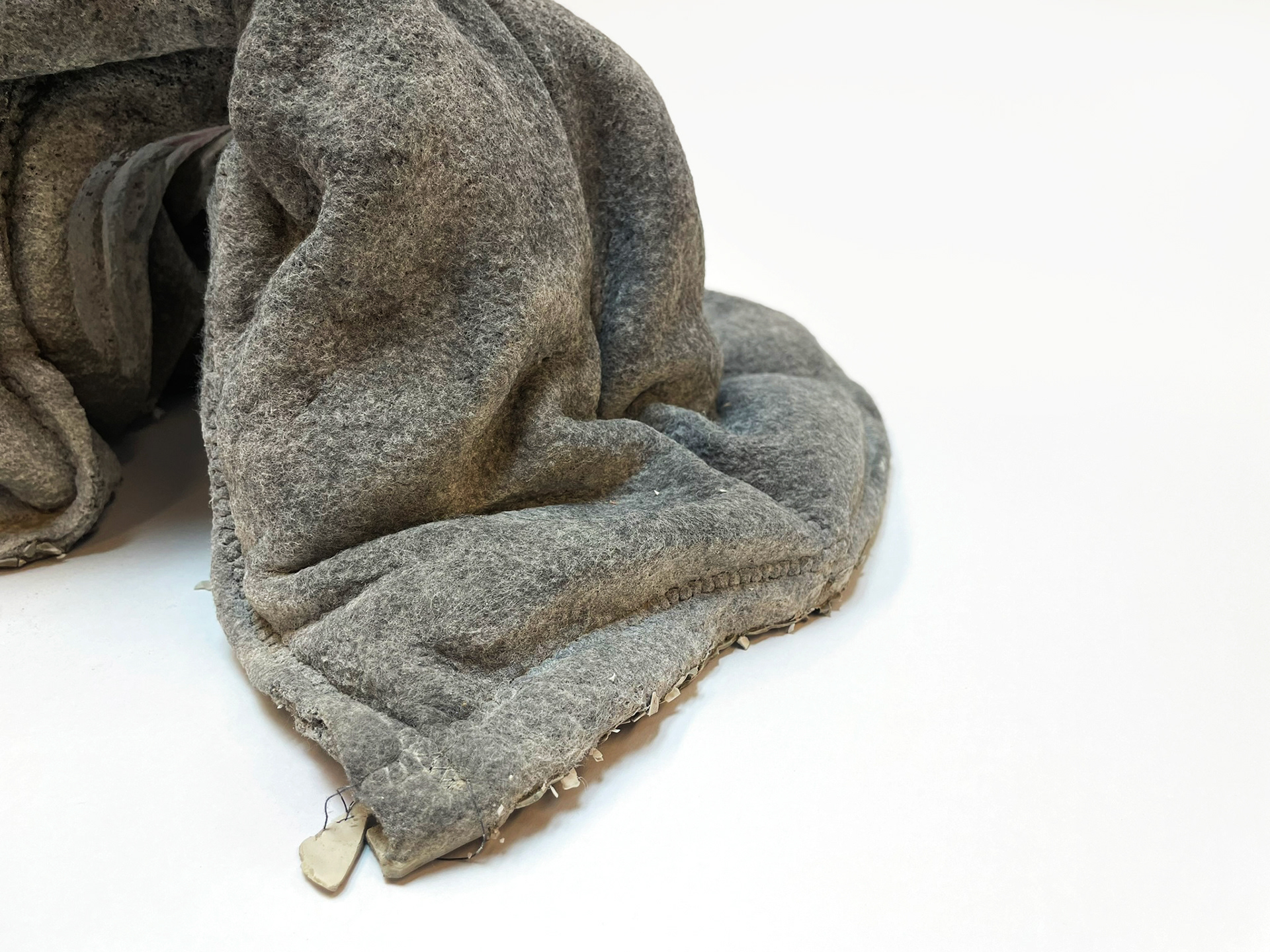
PROCESS VIDEO
SOFT ROCKS
